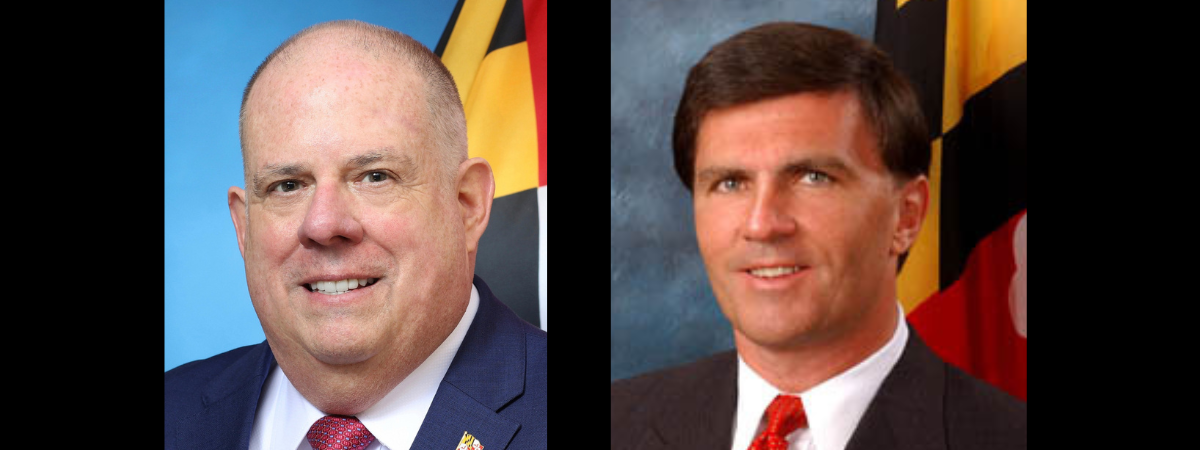Getting There in Time: Emergency Medical Services (EMS)
Access to health care—and especially to specialized medical services—is more difficult in rural areas of the U.S., such as the Eastern Shore of Maryland. The old county hospital is being replaced by larger emergency rooms (ERs) with facilities for blood and scan testing but not much more. These expanded ERs often have no capacity to birth babies or to provide pre- and post-natal care. Surgeons are similarly scarce. And these medical facilities may not even have beds for seriously ill or injured patients while they wait for a helicopter, an ambulance, or friends and family to take them to a distant regional critical-care hospital.
Recently, a Kent County couple rushed to the reduced-service hospital in Chestertown where the husband was told he needed immediate surgery. Unfortunately, the only surgeon was on vacation. Hours later the husband reached a full-service medical hospital and survived. But it was touch and go and might have had a different outcome.
This new reality makes it even more important that rural communities on Maryland’s Eastern Shore have a first-class EMS capacity to serve them. This requires much more than fast wheels, sirens, and flashing lights.
One critical element is how many EMS personnel are available 24/7 and how many are hard-working, dedicated volunteers rather than paid and highly-trained professionals. An important difference is that volunteers do not have to or may not always be able to show up.
Volunteer or professional, an Emergency Medical Technician’s (EMT’s) training level also counts. There are basically three levels of expertise (Entry, Intermediate & Paramedical) and the certification determines what medical and evaluative services an EMT is authorized to perform, what equipment they can use and what decisions they can make. The kind, condition, and age of the available medical devices also make a big difference. Additionally, rescue personnel must learn many difficult protocols to follow. It is not easy.
Emergency care is also a business. Most counties provide a set percentage of their revenues to support their EMS organizations. However, this amount is seldom enough to pay for the training, equipment, vehicle maintenance, and salaries.
While budgets vary, each EMS organization tallies the number of 911 calls it responds to each year and from that can estimate how much they will need for the upcoming year. With those costs calculated, the emergency service providers can see how much their county-appropriated budgets can support and how much additional money will be needed to fill any gaps. Endowments, grants, and patient billing may pay for some of the services an EMS provides. Bottom line: patients very seldom pay all the expenses of their EMS care. Insurance and taxpayers are the backup providers.
Communities on the Eastern Shore should learn the strengths and weaknesses of their Emergency Medical Response Service organizations and how citizens can step up to help ensure that their EMS is all it can possibly be. The quality of each individual EMS response can literally be a question of life or death.
Common Sense for the Eastern Shore








